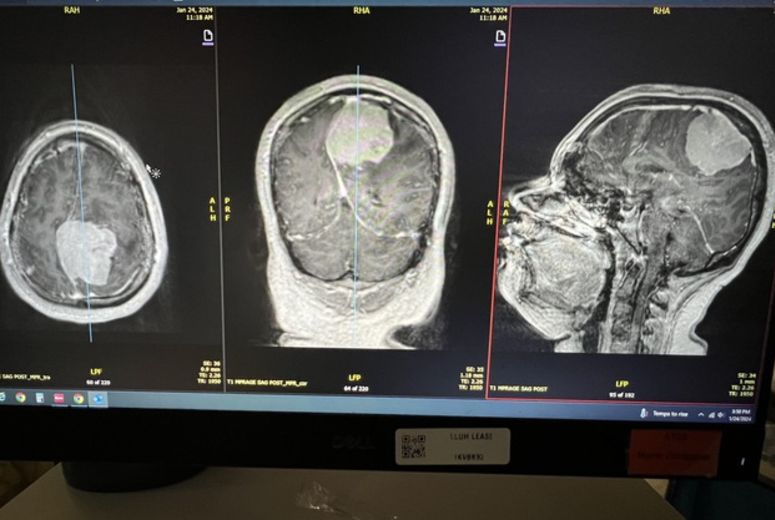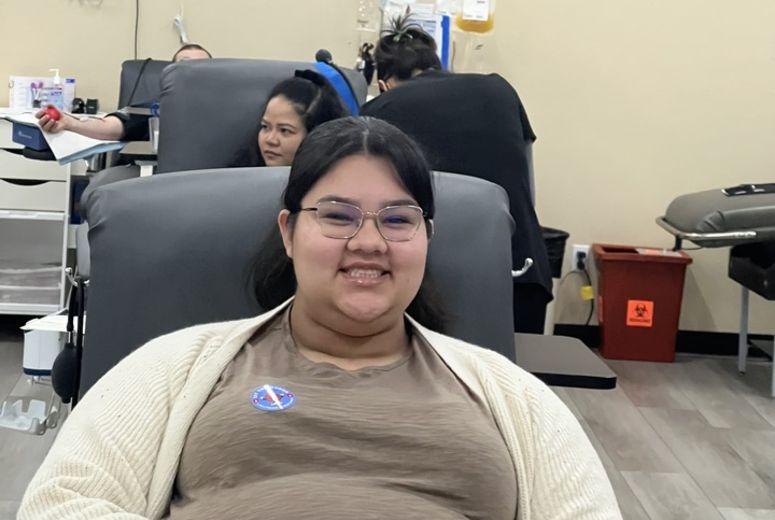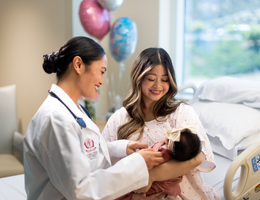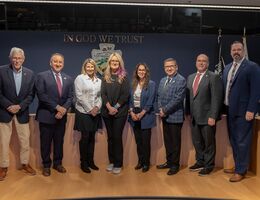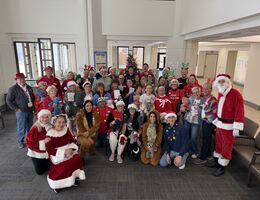
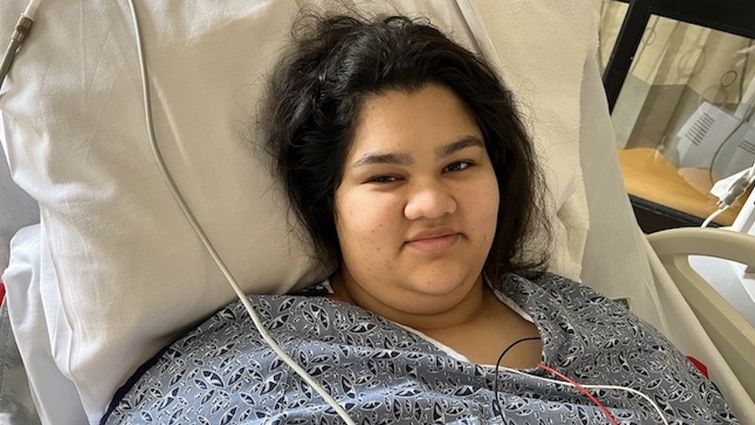
Samara Serafini, 15, treated at Loma Linda University Children's Hospital
Pamela Iniguez vividly remembers the shock her family felt after learning that her fifteen-year-old daughter, Samara Serafini, had a brain tumor after unexplained twitching on the right side of her body. The neurosurgical team at Loma Linda University Children's Hospital successfully removed the tumor through a complex surgery, giving Samara a second chance at life. Now fully recovered, Samara has found a new purpose, using her creative talents to help others.
"It started with my big toe twitching on my right foot, then my whole foot began to shake. The twitching slowly spread up to my knee and thigh, moving in a rhythmic motion," Samara explained to her mother. Moments later, she said, "Mom, it's happening again."
Samara’s leg twitching was the first visible sign of a much larger problem—a brain tumor that had been quietly growing for years. Doctors diagnosed Samara with a meningioma, a type of tumor that forms on the meninges, the protective tissue covering the brain and spinal cord. Though meningiomas are often slow-growing and non-cancerous, they can still pose significant health risks, particularly when they grow large or are located near critical structures. In Samara's case, it was pressing against her motor cortex, the region of the brain responsible for controlling voluntary movements.
"Had this gone any longer, Samara could have been permanently paralyzed because her brain had reached its capacity of allowing that tumor to grow. It was putting so much pressure on that motor part of her brain that it resulted in her having two seizures,” Iniguez said.
Treatment for meningiomas varies. Small, asymptomatic tumors may only require monitoring, while more significant or more problematic tumors are often addressed surgically. In cases where complete removal isn't possible due to the tumor's location, radiation therapy may be necessary to target any remaining cells. For Samara, the path forward required a craniotomy, an invasive surgery in which part of the skull is removed to access the tumor.
"Samara arrived at Loma Linda University Children's Hospital (LLUCH) with ongoing symptoms including headaches, seizures, and significant weakness in her right arm and leg," said Tanya Minasian, DO, FACS, FAAP, a pediatric neurosurgeon at Loma Linda University Children's Hospital. "She also had trouble walking, which had worsened in the weeks before her diagnosis. Her deficits were explained by a very large dural-based tumor, compressing the motor cortex of her brain. The tumor was invading a large nearby vein (the posterior sagittal sinus), which helps drain blood from the brain. After successful removal of the tumor in its entirety, Samara has now completed rehabilitation, is fully recovered, and has a normal neurological exam."
After careful preparation, Samara underwent a seven-hour craniotomy. The road to recovery was long and difficult. Samara spent three weeks in rehabilitation learning to walk again and regaining strength on her right side. Throughout the process, Iniguez found comfort in the care Samara received at LLUCH.
"I couldn't have asked for a better team," she said. "Dr. Minasian and the entire neurosurgery team were so supportive and informative. The ICU nurses were great, too. One of the nurses was the sweetest, kindest, and most empathetic nurse I could have asked for my daughter.
Looking back, Iniguez can now recognize early signs of something wrong—headaches, numbness in Samara's leg, and difficulty making decisions. But at the time, those symptoms were chalked up to stress, or too much screen time. “I was taking her to the doctor for other health issues and we were treating the symptoms with medication without ever considering something as serious as a brain tumor," Iniguez said.
Today, Samara channels her resilience into creative outlets like crochet and has found a new purpose in helping others. "She wants to return to the hospital and give her crochet creations to other patients," Iniguez said. "She wants them to know they're not alone."
To learn more about pediatric neurosurgery or the LLUH pediatric brain and spine tumor support group, visit online.

